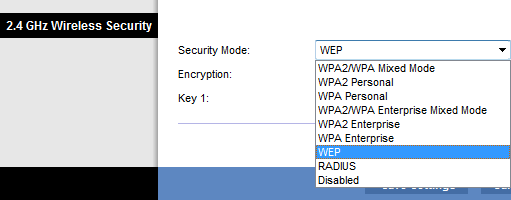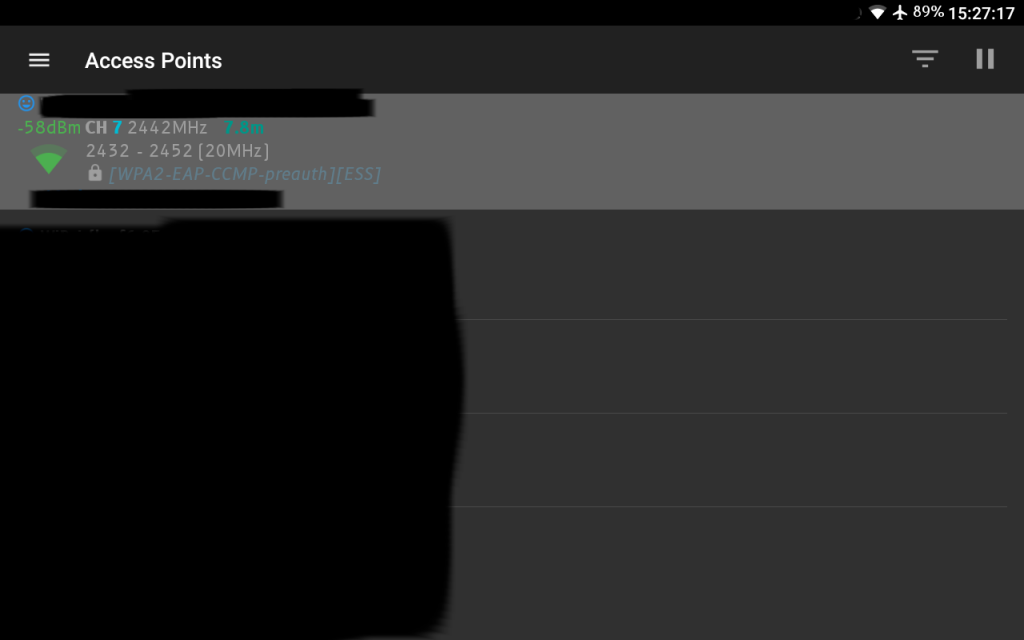

This means more powerful hardware is needed to avoid lower network performance. Probably the only downside of WPA2 is how much processing power it needs to protect your network. However WPA2 is recommended over its predecessor WPA (Wi-Fi Protected Access). WiFi routers support a variety of security protocols to secure wireless networks: WEP, WPA and WPA2. If you leave your router with no security then anyone can steal the bandwidth, perform illegal actions out of your connection and name, monitor your web activity, and easily install malicious apps in your network. As you go down the list, you are getting less security for your network.īoth WPA and WPA2 are supposed to secure wireless Internet networks from unauthorized access. The best way to go is to deactivate Wi-Fi Protected Setup (WPS) and set the router to WPA2 +AES.


Most modern WPA applications use a pre-shared key (PSK), most often referred to as WPA Personal, and the Temporal Key Integrity Protocol or TKIP (/tiːˈkɪp/) for encryption.

One year before WEP was officially abandoned, WPA was formally adopted. None means your Wi-Fi is unprotected and open to everyone.For the time the 802.11i wireless security standard was in development, WPA was used as a temporary security enhancement for WEP. WPA/WPA2 is the securest option and also the default setting for most Wi-Fi access points. What password should I choose?Ī Wi-Fi QR code provides the convenience of having a strong safe password without the hassle of typing it! So choose a strong password which typically contains: If you are running on iOS 11 or higher you can alternatively use the built-in camera app. We recommend downloading our QRbot app at available both on Android and iOS. Your guests then are able to connect to your Wi-Fi simply by scanning the QR code! Alternatively, they can type in the password the old fashioned way. Put that paper somewhere in your living room, restaurant etc. Enter your Wi-Fi credentials (network/SSID, password) and print them on piece of paper.


 0 kommentar(er)
0 kommentar(er)
